PVC-U Pipe
PVC-U pipe stands for Unplasticized Polyvinyl Chloride pipe, which is commonly referred to as rigid PVC pipe. It is a widely used type of PVC (Polyvinyl Chloride) pipe that is characterized by its rigid and strong nature because it does not contain any plasticizers, unlike other types of PVC (e.g., PVC-C or PVC-P).
Key Features of PVC-U Pipe
Material: Made from unplasticized polyvinyl chloride, which gives it its rigidity and strength.
Non-toxic: PVC-U pipes are non-toxic and safe for use in potable water systems (cold water distribution).
Lightweight: Despite its rigidity, PVC-U pipes are lighter than many other pipe materials like metal, making them easier to handle and install.
Corrosion-resistant: PVC-U pipes are highly resistant to corrosion, unlike metal pipes that can rust over time. They are also resistant to most chemicals.
Durability: These pipes have a long service life, often lasting decades when used in the right applications.
Applications of PVC-U Pipe
1. Water Supply Systems
PVC-U pipes are commonly used for drinking water distribution, especially for cold water. They are safe, cost-effective, and long-lasting.
2. Sewerage and Drainage Systems
Due to their corrosion resistance and ability to withstand pressure, they are used extensively in sewage and wastewater systems.
3. Irrigation
PVC-U pipes are widely used in agricultural irrigation systems, particularly in drip irrigation, sprinkler systems, and garden irrigation.
4. Electrical Conduits
These pipes are also used for enclosing electrical cables and wires, as they offer good protection and insulation.
5. Industrial Applications
PVC-U pipes are used in industrial piping systems for transporting chemicals and fluids that do not require high-temperature tolerance.
Advantages of PVC-U Pipe
Low Cost: PVC-U pipes are generally more affordable than metal pipes.
Easy to Install: The lightweight and durable nature of PVC-U pipes makes them easy to handle, cut, and install.
Maintenance-Free: PVC-U pipes generally require very little maintenance because they do not corrode, rust, or scale over time.
High Pressure Tolerance: Suitable for both low-pressure and medium-pressure applications.
Smooth Inner Surface: PVC-U pipes have a smooth interior, which reduces friction and allows for efficient water flow, reducing the likelihood of clogs.
Limitations of PVC-U Pipe
Temperature Sensitivity: PVC-U pipes are not suitable for hot water applications as they can warp or degrade under high temperatures. For hot water, CPVC (Chlorinated Polyvinyl Chloride) is often used instead.
Brittleness in Cold Weather: PVC-U can become brittle and more prone to cracking in extremely cold temperatures.
Typical Sizes
PVC-U pipes are available in various diameters, ranging from small sizes used in residential applications (e.g., 20 mm) to large sizes used in industrial and municipal systems (e.g., 200 mm or larger).
C-PVC (Chlorinated Polyvinyl Chloride) Pipe
C-PVC (Chlorinated Polyvinyl Chloride) Pipe is a type of plastic pipe made from chlorinated polyvinyl chloride, a modified version of the regular PVC (Polyvinyl Chloride) material. The process of chlorination enhances the chemical properties of PVC, making C-PVC pipes suitable for a broader range of applications, especially those requiring higher temperature resistance.
Key Features of C-PVC Pipe
1. Enhanced Temperature Resistance
The chlorination process gives C-PVC pipes a higher tolerance for heat compared to standard uPVC (Unplasticized Polyvinyl Chloride) pipes. C-PVC pipes can handle temperatures up to 200°F (93°C), making them suitable for both hot and cold water systems.
2. Chemical Resistance
C-PVC pipes have superior resistance to a wide variety of chemicals, including acids, bases, and salts. This makes them ideal for applications in industrial processes where chemical exposure is common.
3. Durability
C-PVC pipes are tough and durable, offering long service life with minimal maintenance. They are also resistant to corrosion, unlike metal pipes, which can rust or corrode over time.
4. Lightweight
Like PVC, C-PVC is lightweight and easy to transport and install, which helps reduce installation time and labor costs.
5. Non-toxic
C-PVC pipes are non-toxic and safe for use in potable water systems, although they are more commonly used for industrial or commercial applications, especially where hot water is involved.
Applications of C-PVC Pipe
1. Hot and Cold Water Systems
C-PVC is widely used for residential and commercial plumbing systems for hot water distribution. It can handle higher temperatures than regular uPVC and is often used as an alternative to copper pipes in domestic hot water systems.
2. Industrial Fluid Transport
Due to its chemical resistance, C-PVC is used in industrial settings to transport a variety of chemicals, including acids and alkalis, in processes such as chemical processing, manufacturing, and water treatment.
3. Fire Sprinkler Systems
C-PVC pipes are commonly used in fire sprinkler systems because they can withstand high-pressure conditions and are more resistant to heat than regular PVC pipes.
4. Irrigation Systems
In agriculture, C-PVC is used for irrigation pipes, particularly in systems where higher water temperatures might be present, or where durability against chemicals is needed.
5. Ventilation Systems
C-PVC is used in systems where exhaust gases, including those from industrial operations, need to be handled efficiently and safely, due to its ability to withstand corrosive elements.
Advantages of C-PVC Pipe
Heat Resistance: C-PVC pipes can handle higher temperatures than uPVC pipes, making them suitable for hot water plumbing applications.
Chemical Resistance: They are more resistant to aggressive chemicals, acids, and bases, which makes them ideal for industrial applications.
Corrosion-Resistant: C-PVC pipes are not subject to corrosion or rust, unlike metal pipes.
Lightweight and Easy to Install: C-PVC is easy to handle, cut, and install, reducing labor costs.
Durability and Longevity: C-PVC pipes are known for their durability and long service life, often exceeding 50 years when used in the right conditions.
Disadvantages of C-PVC Pipe
Brittleness in Extreme Cold: Like other PVC products, C-PVC pipes can become brittle in extremely cold temperatures, which makes them more prone to cracking under freezing conditions.
Not Suitable for Extremely High-Temperature Applications: While C-PVC can handle hot water up to 200°F (93°C), it is not suitable for higher temperature applications, such as steam lines or industrial systems operating at much higher temperatures. In such cases, CPVC should be used for high-temperature steam pipes.
Cost: C-PVC is generally more expensive than uPVC, although it offers better performance for specific applications.
Typical Sizes
C-PVC pipes are available in a variety of diameters, ranging from small residential sizes (1/2 inch to 4 inches) to large industrial sizes (up to 12 inches or more). They are also available in different pressure ratings (e.g., Schedule 40, Schedule 80) depending on the application and required strength.
Summary
C-PVC pipes are a versatile and durable solution for both residential and industrial applications, particularly where hot water or chemical resistance is required. Their ability to withstand higher temperatures and resist corrosion makes them an excellent choice for a wide range of piping needs, including plumbing, chemical transport, and fire sprinkler systems.
PVC-O Pipe
PVC-O (Oriented Polyvinyl Chloride) Pipe is a type of PVC pipe that has undergone a special orientation process during its manufacturing, which involves stretching the pipe while it's in the molten state. This process aligns the molecules of the PVC material, enhancing its strength and performance characteristics. PVC-O pipes are considered a more advanced version of traditional uPVC (Unplasticized Polyvinyl Chloride) pipes and offer a number of advantages in terms of strength, pressure resistance, and durability.
Key Features of PVC-O Pipe
1. Increased Strength
The orientation process gives PVC-O pipes significantly improved mechanical properties compared to traditional uPVC pipes. This makes them stronger and more resilient under pressure, even at relatively thinner wall thicknesses.
2. High Pressure Resistance
PVC-O pipes can withstand higher internal pressures, which makes them suitable for applications requiring high-pressure pipes, such as water distribution systems and industrial applications.
3. Lightweight
PVC-O pipes are still lightweight compared to many other pipe materials, making them easier to handle and install, despite their improved strength.
4. Durability and Longevity
PVC-O pipes are highly resistant to corrosion, abrasion, and chemical exposure. Their enhanced molecular structure gives them a long service life, often up to 50 years or more under normal conditions.
5. Smooth Internal Surface
The internal surface of PVC-O pipes is smooth, reducing friction and improving flow efficiency. This helps in minimizing energy loss during fluid transportation and reduces the risk of clogs.
6. Environmentally Friendly
PVC-O pipes are made from recyclable materials and have a lower environmental impact than many other types of pipes, making them a more sustainable option.
Applications of PVC-O Pipe
1. Water Supply Systems
PVC-O pipes are commonly used in drinking water distribution systems, especially in regions where there is a need for high-pressure pipelines. Their strength and resistance to corrosion make them ideal for municipal and rural water supply networks.
2. Irrigation Systems
Due to their ability to withstand high pressures and their resistance to UV degradation, PVC-O pipes are used in agricultural irrigation systems, particularly in pressurized systems like drip irrigation and sprinklers.
3. Sewage and Wastewater Systems
PVC-O pipes are used in sewage and stormwater systems due to their resistance to chemical corrosion and their durability, even in harsh environments.
4. Industrial Piping
These pipes are suitable for industrial piping systems where high pressure or exposure to chemicals is a concern. PVC-O pipes are often used in the chemical, petrochemical, and food industries.
5. Fire Protection Systems
PVC-O is also used in fire protection systems, including sprinkler systems, where high-strength, durable pipes are necessary.
Advantages of PVC-O Pipe
1. Higher Strength-to-Weight Ratio
Thanks to the molecular alignment, PVC-O pipes have a higher strength-to-weight ratio compared to uPVC pipes, which allows for thinner walls and reduced material usage.
2. Better Pressure Resistance
PVC-O pipes can handle higher internal pressures than traditional uPVC pipes, which makes them suitable for water distribution and other high-pressure applications.
3. Longer Service Life
These pipes are highly resistant to wear and tear, corrosion, and UV degradation, extending their lifespan and reducing maintenance needs.
4. Cost-Effective
While PVC-O pipes are stronger and more durable than regular PVC pipes, they often have a similar or only slightly higher cost, making them an excellent value for applications requiring high-performance pipes.
5. Energy Efficiency
The smooth interior surface of PVC-O pipes reduces flow resistance, making fluid transport more energy-efficient.
Disadvantages of PVC-O Pipe
1. Limited Availability
Although the popularity of PVC-O is growing, it is still not as widely available as traditional uPVC pipes, especially in some regions or specific sizes.
2. Brittleness at Low Temperatures
Like other PVC materials, PVC-O pipes can become more brittle at extremely low temperatures, making them prone to cracking under freeze conditions.
3. Installation Requirements
While they are lightweight and easy to install, PVC-O pipes may require specialized equipment or techniques for installation, especially in large diameters or high-pressure applications.
Typical Sizes and Standards
PVC-O pipes come in a wide range of diameters, from small sizes (e.g., 16 mm) for residential applications to large diameters (e.g., 400 mm or more) for municipal water supply systems. They are typically available in pressure ratings like PN 10, PN 12.5, PN 16, and higher, where PN refers to the nominal pressure rating (in bars).
PVC-O pipes offer enhanced strength, high pressure resistance, and long-term durability, making them an excellent choice for high-performance applications like water distribution, sewage, industrial piping, and irrigation systems. Their combination of high strength and lightweight properties allows for efficient installation and long-lasting service in a variety of demanding environments.
Modified PVC (PVC-M, PVC-HI, PVC-A)
Modified PVC refers to variations of traditional Polyvinyl Chloride (PVC) that have been chemically modified to improve their properties, such as impact resistance, strength, and durability. These modifications make the material suitable for more demanding applications. Some of the common types of modified PVC include PVC-M, PVC-HI, and PVC-A.
Here’s an overview of these modified PVC types
1. PVC-M (Modified Polyvinyl Chloride)
Key Features
Improved Impact Resistance: The modification process enhances the impact resistance of PVC-M, making it more suitable for applications where the material is likely to be subjected to mechanical stress, shocks, or impacts.
Increased Flexibility: PVC-M has better flexibility than regular uPVC (unplasticized PVC), which is typically rigid.
Enhanced Tensile Strength: The modification improves the material’s tensile strength, making it more resistant to deformation under load.
Applications
Water and Sewage Systems: PVC-M pipes are commonly used in high-pressure water and sewage systems, especially in areas where impact resistance is important.
Industrial Piping: Due to their superior toughness, PVC-M pipes are often used in industrial applications where pipes are exposed to impacts and mechanical stress.
Drainage Systems: PVC-M is used for stormwater and drainage systems, where flexibility and resistance to damage are important.
Advantages
Improved impact strength and toughness compared to standard PVC.
Increased resistance to cracking and breaking.
Ideal for environments with temperature fluctuations or external impacts.
2. PVC-HI (High Impact Polyvinyl Chloride)
Key Features
Superior Impact Resistance: PVC-HI is specifically designed to offer higher impact resistance than standard PVC materials. This is achieved by modifying the PVC polymer structure.
Increased Strength: In addition to improved impact resistance, PVC-HI has enhanced tensile strength, which makes it suitable for handling heavier loads.
Enhanced Durability: PVC-HI pipes have better performance in harsh environments, including extreme weather or mechanical impact.
Applications
Telecommunication Conduits: PVC-HI is often used in telecommunication and electrical conduit systems, where pipes need to withstand physical stress and environmental exposure.
Pressure Piping: It is used in high-pressure applications like water distribution systems, sewage treatment plants, and industrial piping systems.
Underground Systems: PVC-HI pipes are ideal for underground installations because they can withstand impact and soil pressure.
Advantages
High impact resistance, ideal for use in high-traffic areas or environments prone to physical damage.
Better resistance to cracking under pressure or impact.
Suitable for both above-ground and underground applications.
3. PVC-A (Polyvinyl Chloride Alloy)
Key Features
Alloyed Composition: PVC-A is a blend or alloy of PVC with other materials to improve specific properties. The alloying process modifies the properties of standard PVC, usually for enhanced chemical resistance, strength, or flexibility.
Improved Chemical Resistance: PVC-A typically offers improved resistance to chemicals, which makes it suitable for aggressive environments like those involving acids, alkalis, and salts.
Better Performance at Low Temperatures: Some formulations of PVC-A offer better low-temperature performance compared to standard PVC, making it useful in cold weather conditions.
Applications
Chemical Transport: PVC-A is commonly used in the transport of chemicals, especially in industrial and chemical processing plants.
Agricultural Irrigation: Its ability to withstand chemical fertilizers and other substances makes PVC-A an ideal material for agricultural irrigation systems.
Marine Applications: PVC-A is used in applications exposed to saline environments (e.g., offshore systems) because of its enhanced resistance to saltwater corrosion.
Advantages
Superior chemical resistance compared to standard PVC.
Better performance under low temperatures and harsh conditions.
Can be used for a wide range of specialized applications where standard PVC might fail.
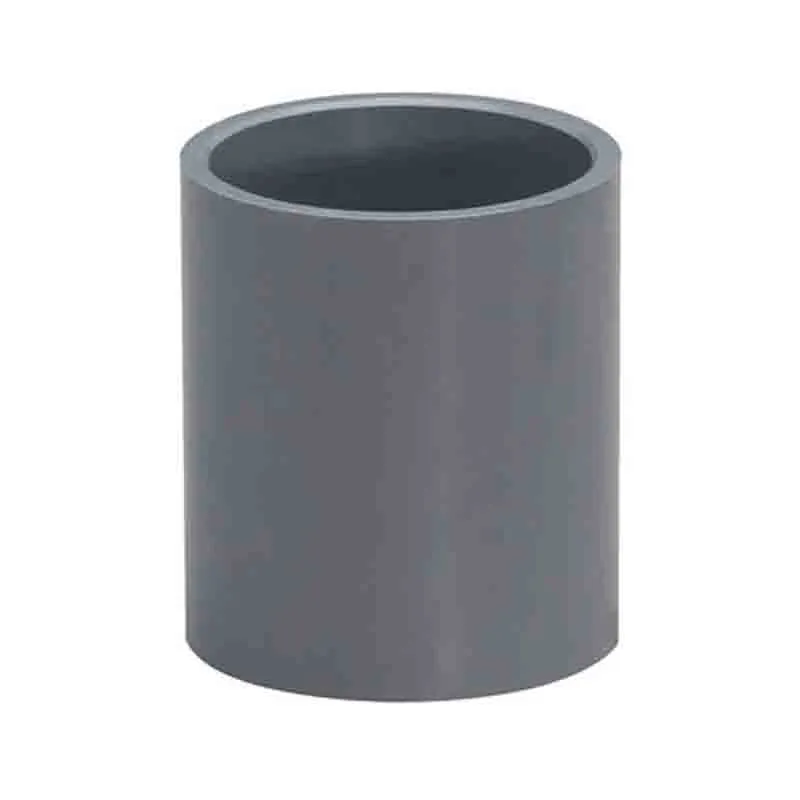
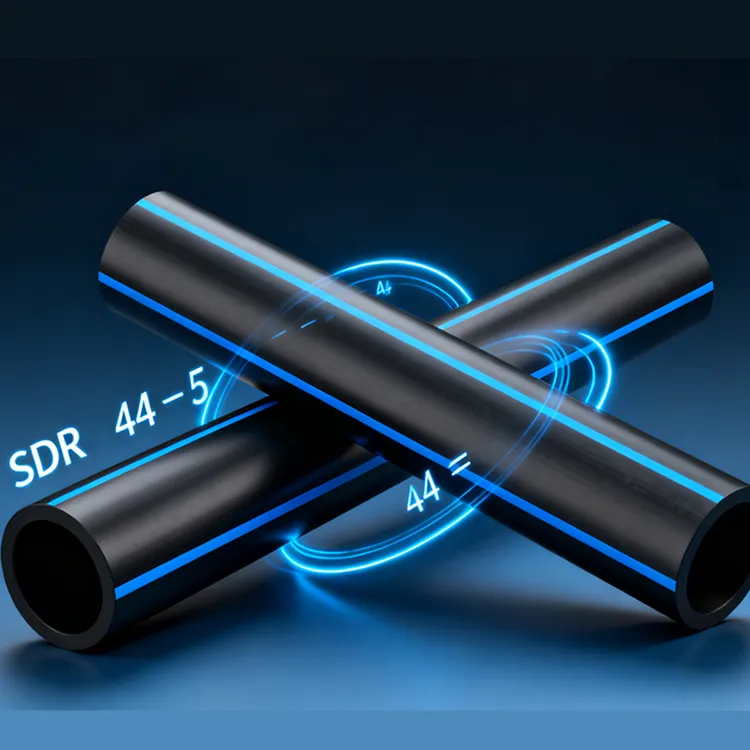
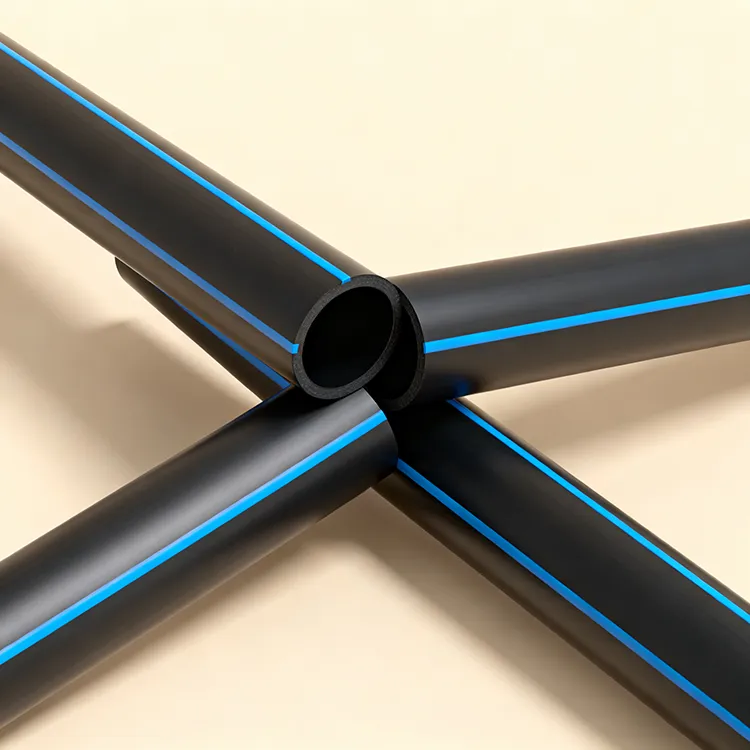
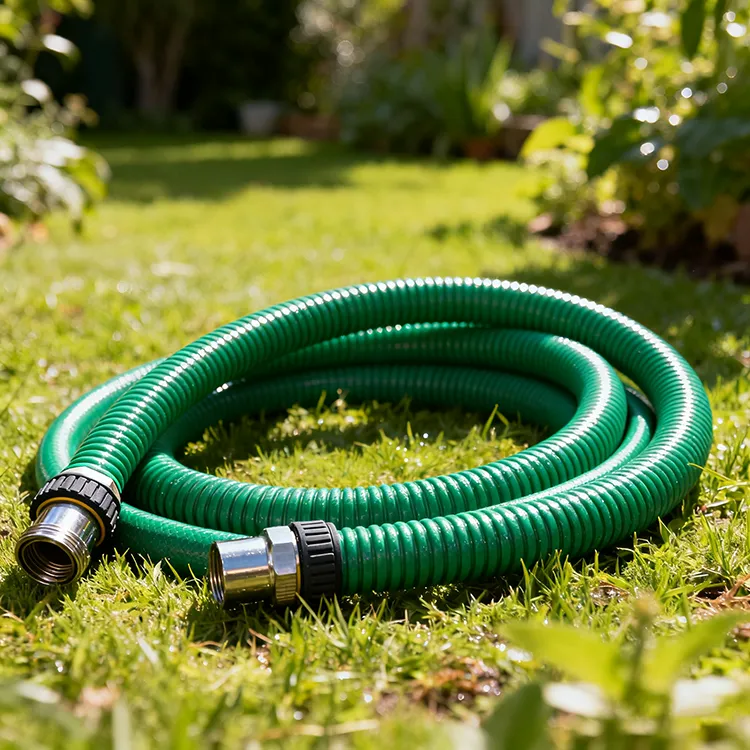
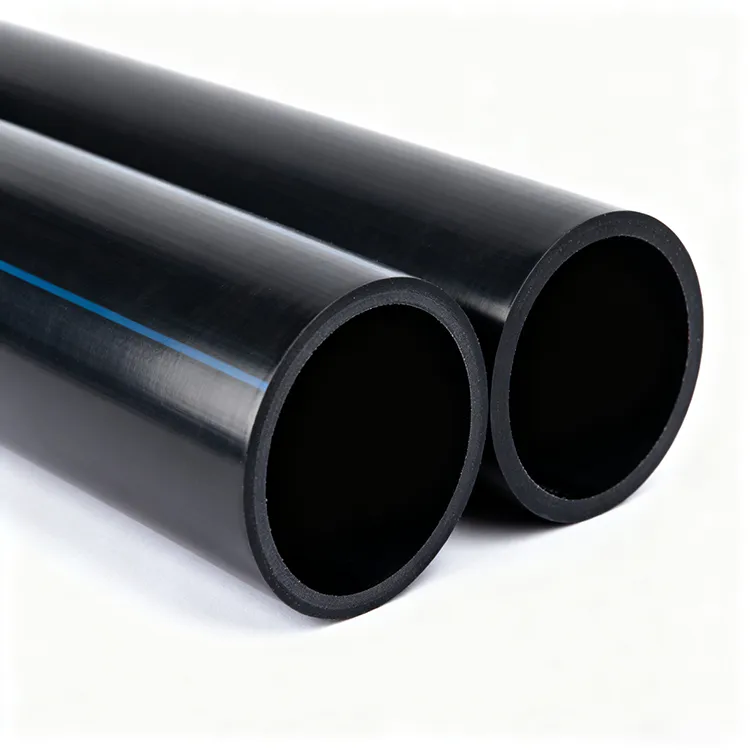
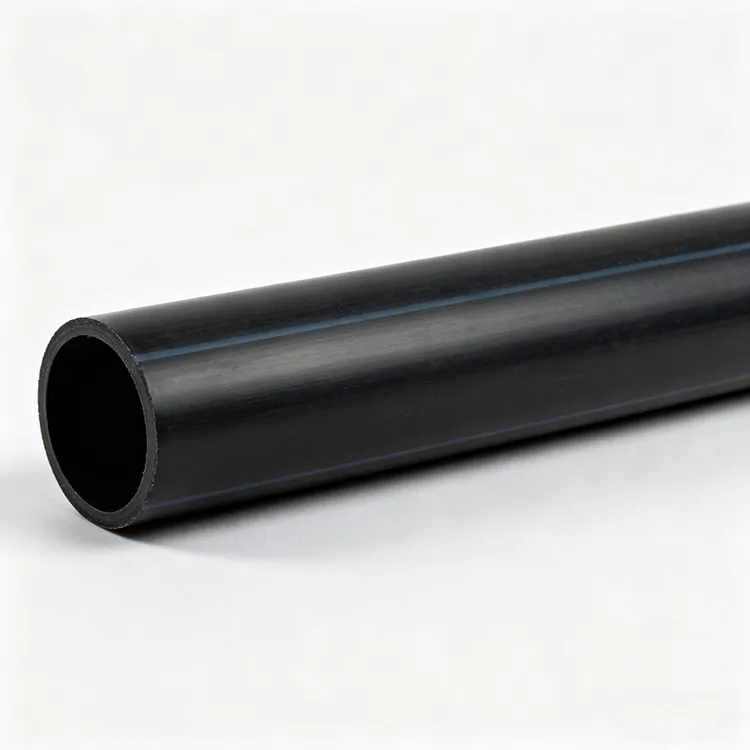
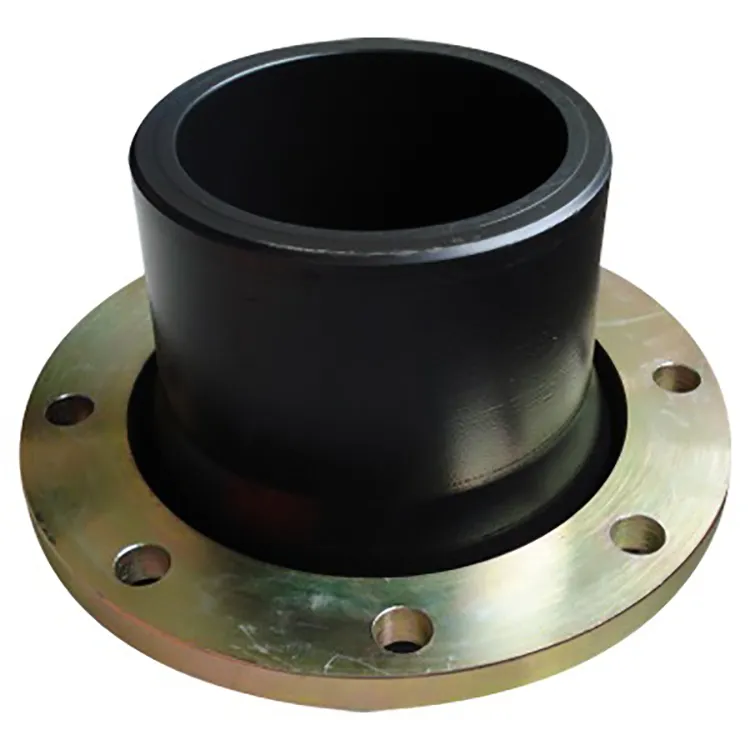
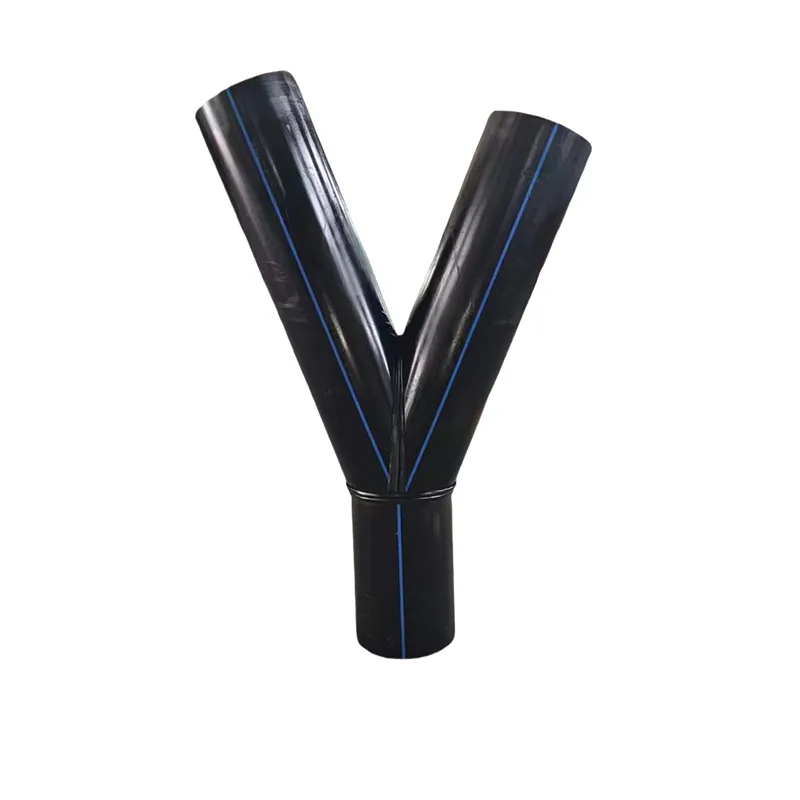

659.webp)
210.webp)
328.webp)
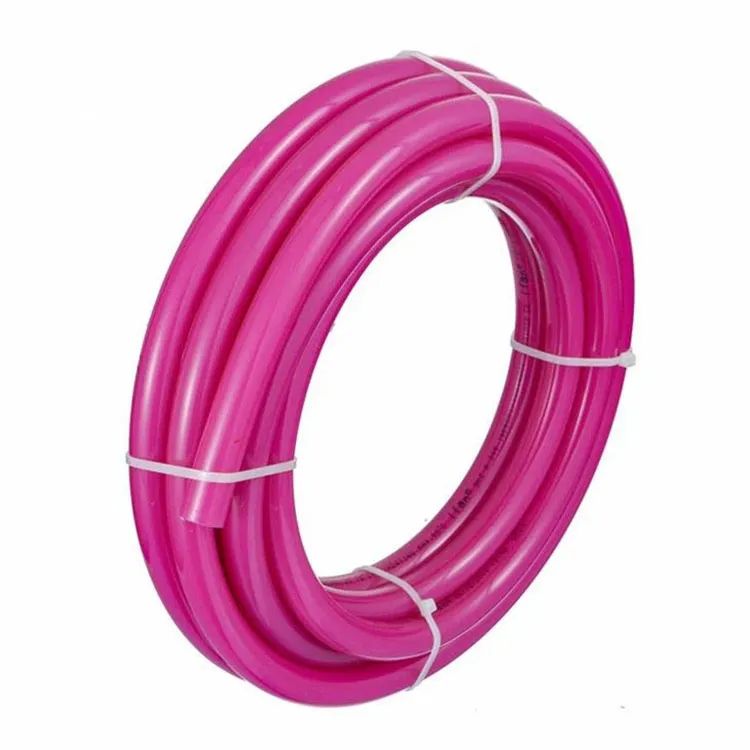
294.webp)
476.webp)


